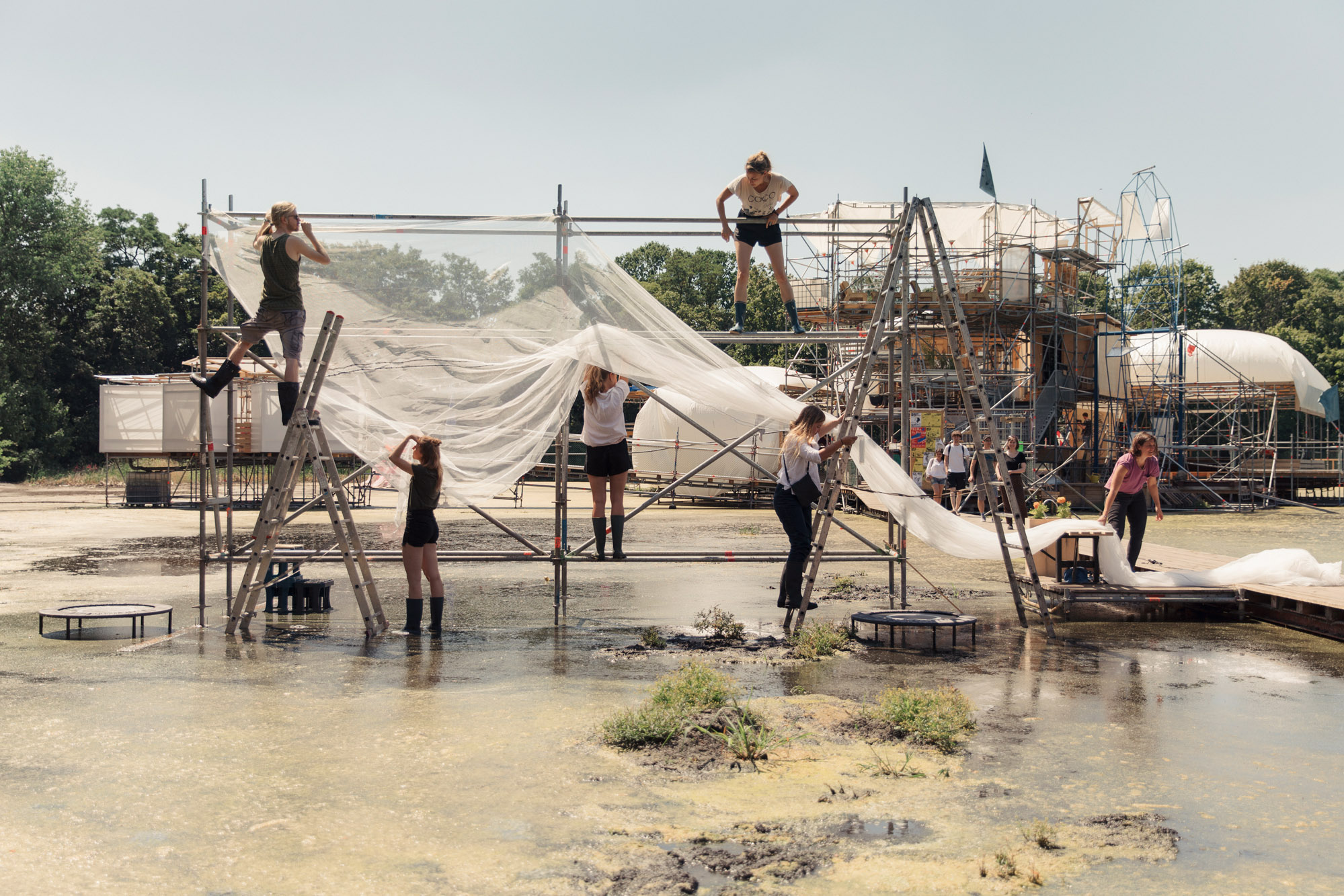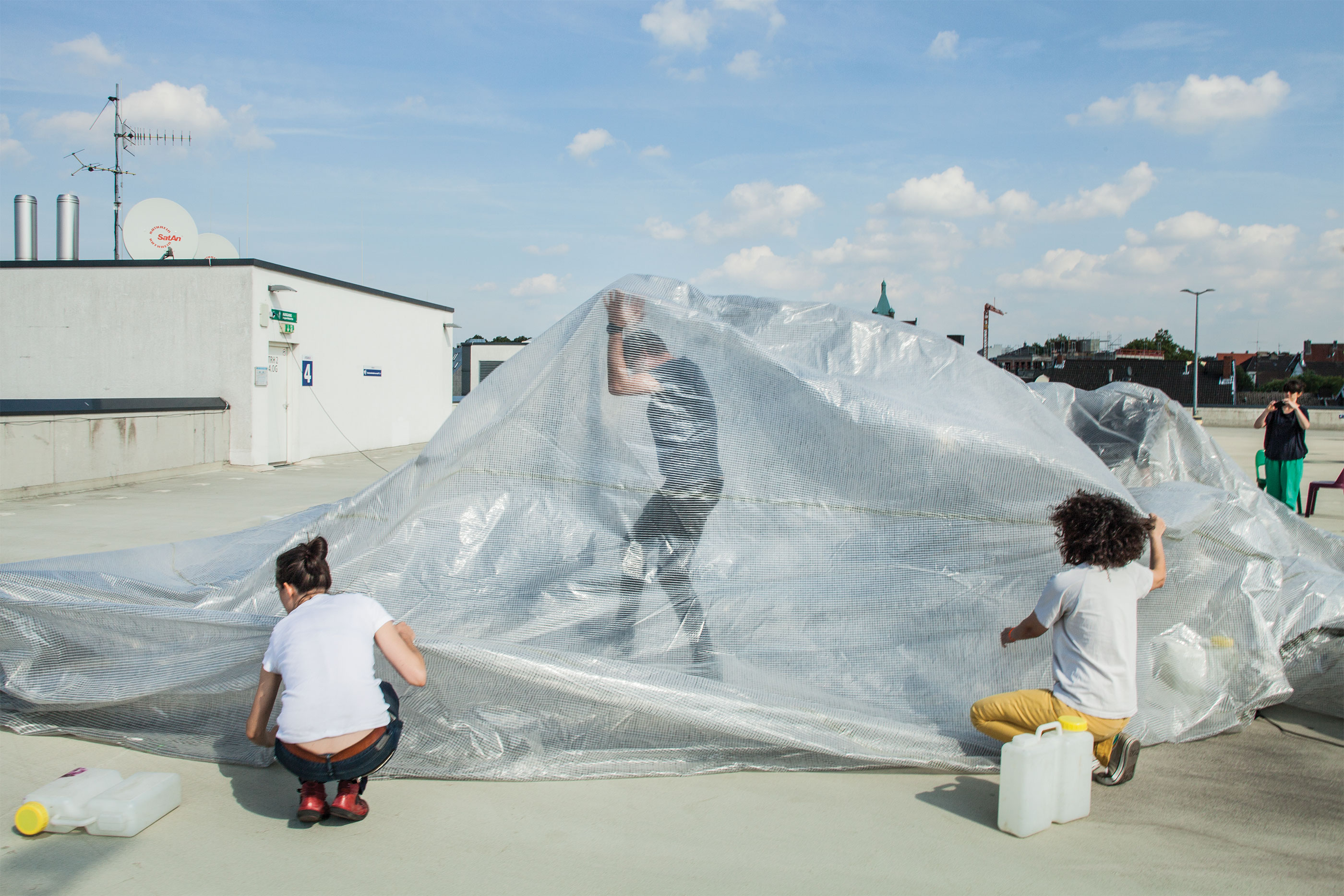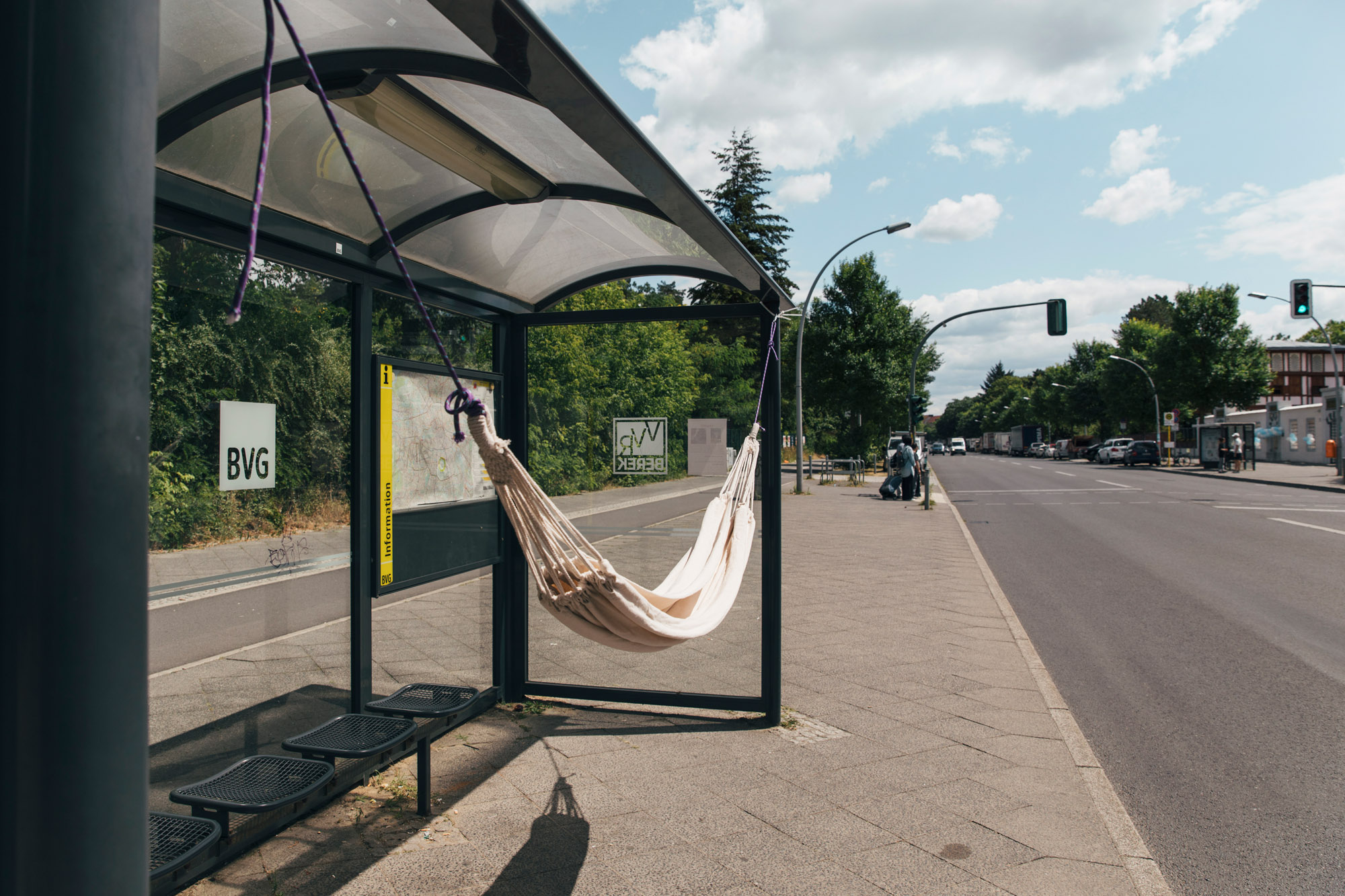Renovictions
Sofia Dona’s Spatial Stories
Fiction has long been a resource for architecture – a way of representing and communicating something that does not yet exist in physical space. But this relationship goes much further. Property speculation is based upon fictive imaginaries of what could be in the future that affirm why it’s important to invest now. These narratives often entail a recasting of the central characters: the tenants. Sofia Dona, an artist and architect interested in telling “spatial stories”, has explored the tricks that are used to evict tenants in order to further these storylines to their ultimate conclusion: profit.
A common method is the undertaking of non-essential renovation work that is presented as indispensable for the maintenance of the building. But this is maintenance minus the care. Scaffolding goes up and residents are moved out. The cause and effect of the process are represented in the name of Dona’s Making Futures workshop: Renovictions. The term acts as a lens through which to interrogate notions of architectural fiction, the close relationship between renovation and destruction, and the kind of strategies that can be employed to oppose the practice. Understanding architecture as a resource is key to considering how modes of resistance might be conceptualised through the building itself.
In the US, the breakneck pace in the city of Los Angeles has seen the development of evermore sophisticated tricks to oust tenants. At the heart of this is the State of California’s Ellis Act, an entirely legal means for landlords to “leave the rental market business”. Legal though it may be, Ellis represents its own form of a legal fiction, a loophole that is regularly abused to allow developers to buy properties, take them out of the market, demolish them and build new, more expensive units in their place. Protests against the practice have entailed legal challenges and public hearings to physical occupation and even more performative modes of protest, such as seances – playing once again, with the spectre of fiction.
In Dona’s native Greece, tenants have begun to use their own loopholes to regain and assert their own agency. Various examples have shown how architecture as collective form can make strategic use of dysfunctionality as a method in itself: by transferring a house owned by one person into the ownership of 40+ relatives and/or friends, the sheer bureaucratic and legal complexities make it much harder for the property to be acquired by speculators. Private property is repositioned within a framework of the “common”.
In German, the word Entmietung is used to refer to – but does not hint at the motivation behind – the taking of properties out of the market via the tactics of renoviction. In the case of the Floating University’s home turf of Berlin, this process often begins with and plays out on the façade of a building: a scaffold is erected, and a tarpaulin is stretched over it often bearing a copy of the building, a fiction-in-progress representation of what it will look like after the renovation. The Renovictions workshop isolated this architectural element and erected a free-standing 6m-wide and 3.5m-high scaffold of it the context of the Floating University. By the end of the workshop, a series of wooden letters had been erected against the white backdrop of the scaffold. What they spelt out was not immediately obvious – just as the renoviction is not what it at first appears to be. The word spelt out was “renofiction” – a term chosen to interrupt and reveal the true nature of the phenomena at the architectural site of the process itself.




